In the quiet corners of bogs, swamps, and nutrient-poor soils around the world, a botanical revolution took place millions of years ago. While most plants were content with sunlight and water, some decided to break the ultimate taboo of the plant kingdom. They became predators, developing elaborate traps and deadly enzymes to capture, kill, and digest living creatures. These carnivorous plants didn’t just bend the rules of nature—they rewrote them entirely.
The Shocking Truth About Plant Predators

Carnivorous plants represent one of nature’s most fascinating evolutionary experiments. These botanical hunters have independently evolved the ability to capture and digest animals at least six different times throughout Earth’s history. What makes this even more remarkable is that these plants didn’t abandon photosynthesis—they simply added murder to their skill set.
Today, scientists have identified over 600 species of carnivorous plants spanning multiple plant families. From the iconic Venus flytrap to the towering pitcher plants of Borneo, these green predators have colonized every continent except Antarctica. Their victims range from tiny insects to small mammals, and their hunting methods are as diverse as they are deadly.
Why Plants Decided to Become Killers

The answer lies in one of nature’s most fundamental struggles: the quest for nutrients. Most carnivorous plants evolved in environments where the soil is severely lacking in essential nutrients, particularly nitrogen and phosphorus. Traditional plants would simply wither and die in these conditions, but carnivorous plants found an ingenious solution.
Instead of competing with other plants for scarce soil nutrients, they turned to an abundant alternative food source: the animal kingdom. A single fly can provide a carnivorous plant with enough nitrogen to sustain it for weeks. This evolutionary leap allowed them to colonize habitats that would be uninhabitable for ordinary plants.
The Venus Flytrap: Nature’s Most Famous Assassin
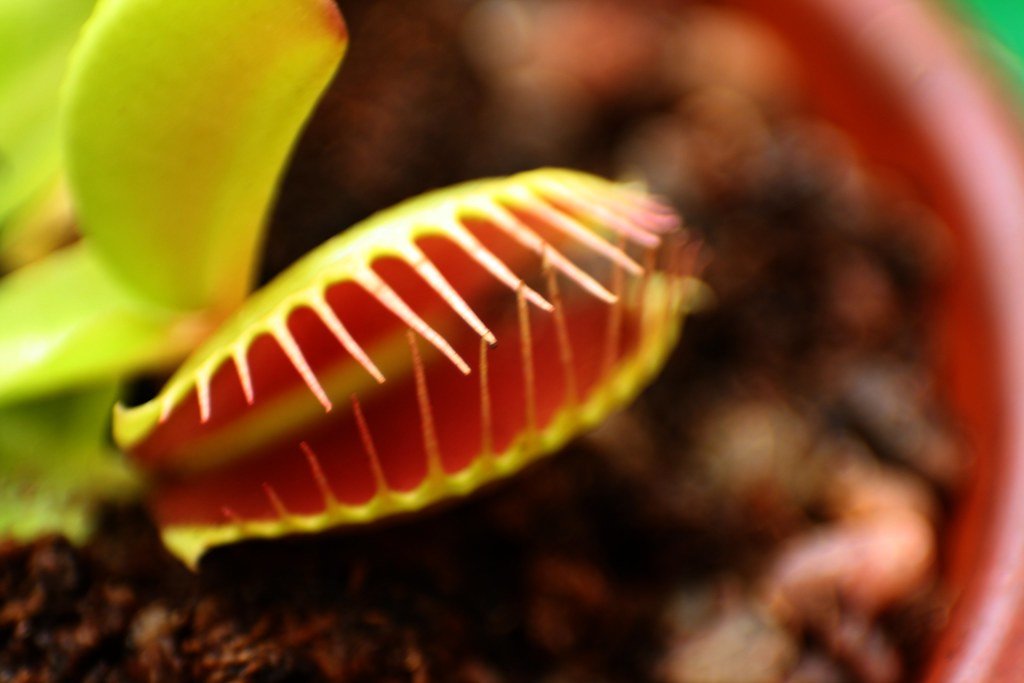
The Venus flytrap stands as perhaps the most recognizable carnivorous plant, and for good reason. This botanical marvel can snap shut faster than you can blink—literally. When an unsuspecting insect brushes against the trigger hairs inside its modified leaves, the trap closes in just 0.3 seconds, creating an inescapable prison.
What happens next is truly horrifying from the insect’s perspective. The plant begins secreting digestive enzymes that slowly dissolve the prey’s soft tissues over the course of several days. The trap remains sealed during this process, creating a stomach-like environment where the victim is essentially digested alive.
Pitcher Plants: The Botanical Death Chambers

Pitcher plants employ a different but equally effective strategy. These plants create deep, slippery-walled chambers filled with digestive fluids. Insects are lured by attractive colors and sweet nectar, but once they slip inside, escape becomes virtually impossible. The walls are lined with downward-pointing hairs that prevent any upward movement.
Some pitcher plants have evolved relationships with specific insects, creating what scientists call “ecological toilets.” Certain ants and other insects visit these plants to defecate, providing the plant with nutrients while avoiding becoming meals themselves. It’s a bizarre but successful partnership that demonstrates nature’s incredible adaptability.
Sundews: The Sticky Traps of Death

Sundews might look delicate and beautiful, but they’re actually some of the most effective insect hunters in the plant world. Their leaves are covered in hundreds of tiny tentacles, each topped with a glistening droplet of sticky mucilage. This creates what appears to be morning dew, but it’s actually a deadly trap.
When insects land on these sticky surfaces, they become hopelessly entangled. The more they struggle, the more tentacles bend toward them, covering the victim in even more adhesive. The plant then slowly digests the trapped insect, absorbing nutrients through specialized glands on the leaf surface.
Bladderworts: Underwater Vacuum Cleaners

Bladderworts represent the ultimate in carnivorous plant efficiency. These aquatic hunters use sophisticated suction traps that can capture prey in less than a millisecond—making them among the fastest predators on Earth. Their bladder-like traps create a vacuum by pumping out water, and when tiny organisms trigger the trap door, they’re instantly sucked inside.
The speed of this process is so incredible that it was only recently captured on high-speed cameras. The suction force generated by these microscopic traps is powerful enough to distort the shape of the prey as it’s pulled inside. It’s like having a botanical black hole lurking in pond water.
The Cobra Plant: A Master of Deception

The cobra plant gets its name from its distinctive hooded appearance, but its hunting strategy is pure genius. This California native creates a translucent window at the top of its pitcher, confusing trapped insects about the location of the exit. Victims exhaust themselves trying to escape through the false light source while the real exit remains hidden.
The plant’s interior is a maze of downward-pointing hairs and slippery surfaces. Once an insect falls in, it’s guided deeper into the trap by the plant’s architecture. The cobra plant demonstrates how evolution can create structures that seem almost intelligently designed to maximize hunting success.
Butterworts: The Greasy Killers

Butterworts might have an innocent name, but they’re remarkably effective predators. These plants cover their leaves with a greasy substance that traps small insects like gnats and flies. The coating is so effective that it can catch prey too small for other carnivorous plants to handle efficiently.
What makes butterworts particularly interesting is their seasonal behavior. During winter, many species form tight rosettes and reduce their carnivorous activities. When spring arrives, they unfurl their leaves and resume their predatory lifestyle, demonstrating remarkable adaptability to changing conditions.
Giant Pitcher Plants: The Mammal Hunters
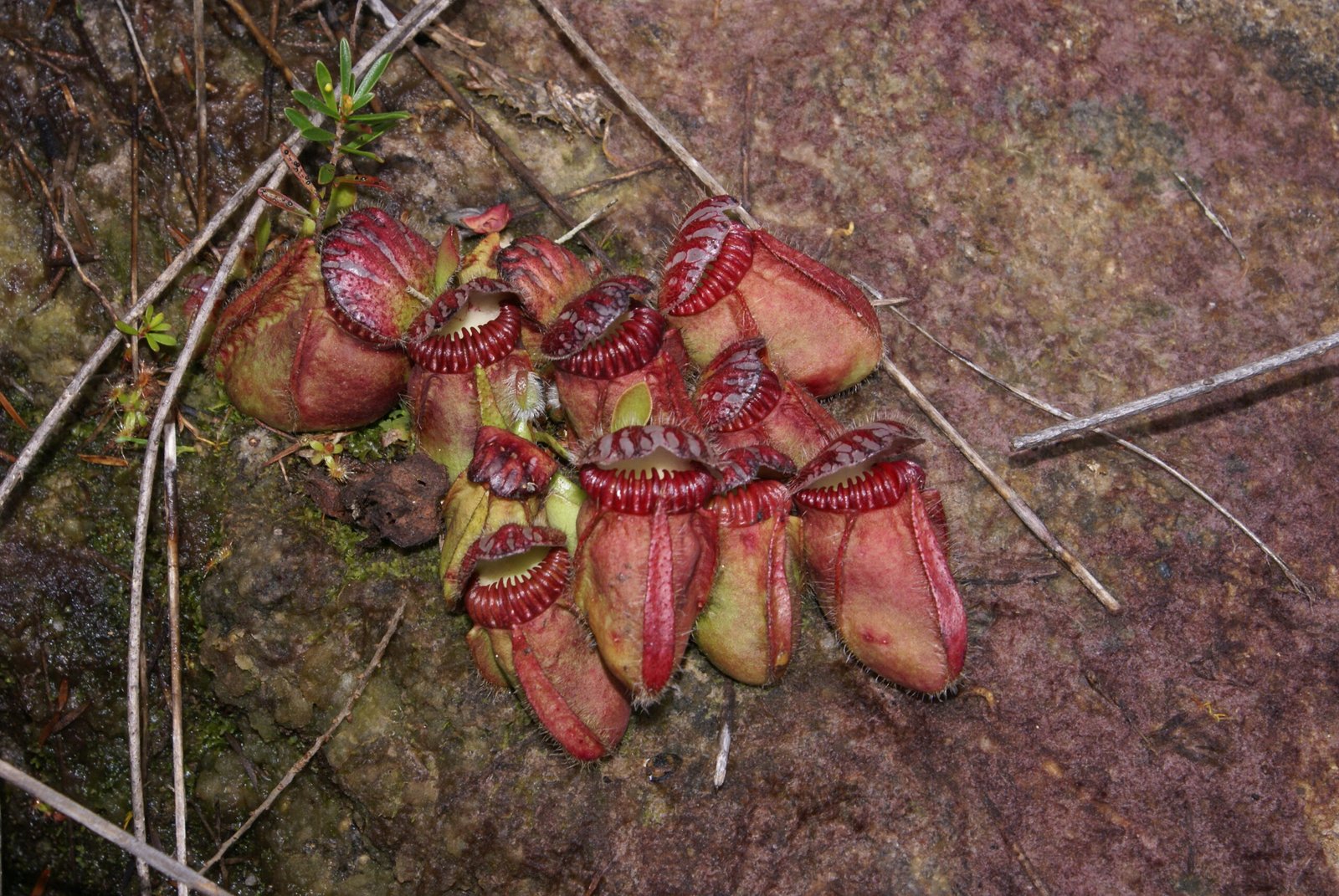
In the remote highlands of Borneo, some pitcher plants have evolved to enormous sizes. The largest species, Nepenthes rajah, can hold over three liters of digestive fluid and has been documented capturing small mammals, birds, and even reptiles. These botanical giants represent the ultimate evolution of carnivorous plants.
Recent research has revealed that these giant pitchers often serve multiple ecological functions. They provide habitat for specialized communities of bacteria and insects, creating miniature ecosystems within their chambers. Some animals have even evolved to live permanently inside these plants, forming remarkable symbiotic relationships.
The Deathly Snap Trap Mechanics

The mechanics behind snap traps like the Venus flytrap are nothing short of engineering marvels. Each trap contains specialized cells that can rapidly change their shape, creating the explosive closing motion. This process requires the plant to maintain constant hydraulic pressure, ready to spring the trap at a moment’s notice.
Scientists have discovered that these plants can actually count. A single trigger hair touch isn’t enough to close the trap—the plant waits for multiple triggers to ensure it’s not wasting energy on false alarms. This level of sophisticated response in a plant without a nervous system continues to amaze researchers.
Chemical Warfare: The Digestive Arsenal

The digestive capabilities of carnivorous plants rival those of any animal predator. They produce a cocktail of enzymes including proteases, phosphatases, and chitinases that can break down virtually any organic material. Some species even produce their own antibiotic compounds to prevent bacterial decomposition of their prey.
The pH levels inside carnivorous plant traps can be extremely acidic, sometimes reaching levels comparable to stomach acid. This creates an environment where even the toughest insect exoskeletons eventually dissolve. The efficiency of this system allows plants to extract maximum nutrition from every captured victim.
The Evolutionary Arms Race
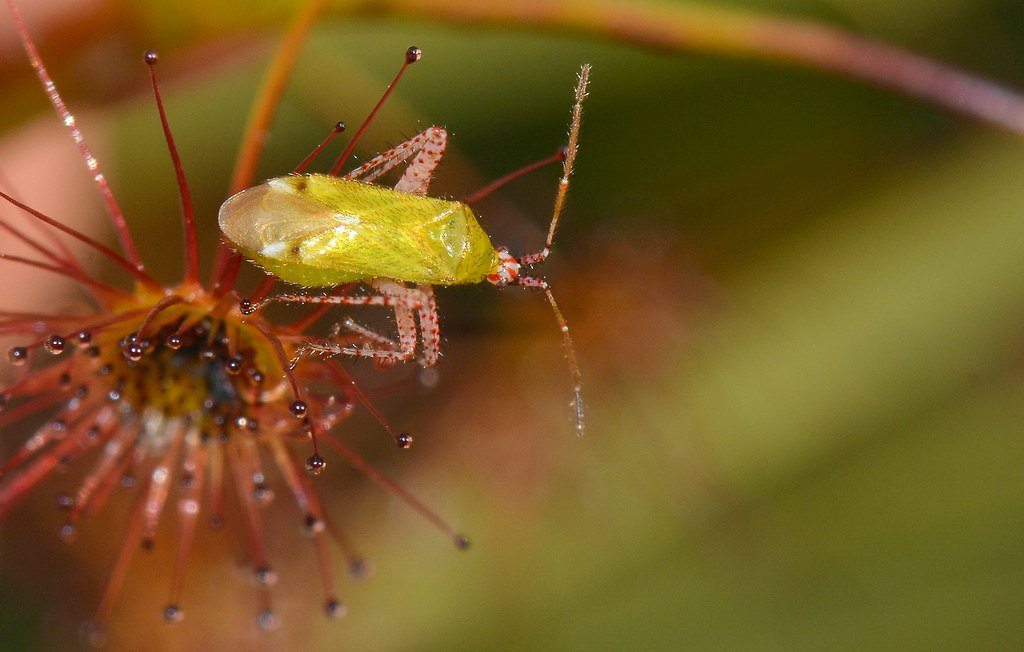
The relationship between carnivorous plants and their prey represents an ongoing evolutionary arms race. As plants develop more sophisticated traps, insects evolve countermeasures. Some species have developed the ability to walk on water-repelling surfaces, while others have evolved specialized behaviors to avoid common traps.
This constant evolutionary pressure has led to some remarkable adaptations on both sides. Certain insects have become specialized carnivorous plant pollinators, carefully navigating the dangers to access nectar rewards. These relationships demonstrate how predator-prey dynamics can evolve into mutually beneficial partnerships.
Carnivorous Plants in Extreme Environments

Carnivorous plants have colonized some of Earth’s most challenging environments. From the acidic bogs of northern Canada to the nutrient-poor soils of Australian heathlands, these plants thrive where others cannot survive. Their ability to supplement photosynthesis with animal prey gives them a crucial advantage in these harsh conditions.
Climate change is creating new challenges for many carnivorous plant species. Rising temperatures and changing precipitation patterns are altering the delicate balance of their ecosystems. Some species are adapting by expanding their ranges, while others face potential extinction as their specialized habitats disappear.
The Secret Lives of Carnivorous Plant Communities
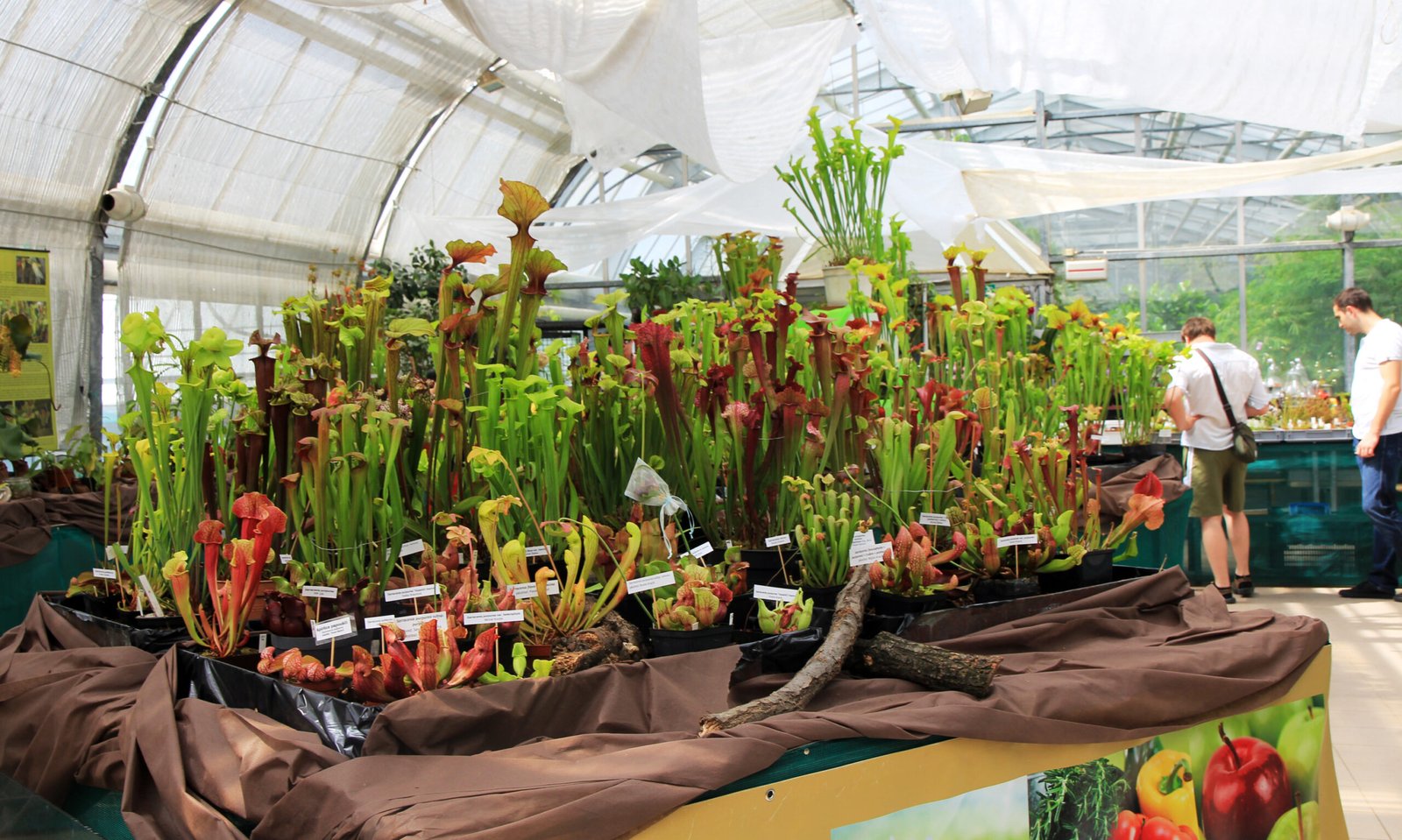
Many carnivorous plants don’t hunt alone. They often form complex communities where different species specialize in capturing different types of prey. This ecological partitioning allows multiple predatory plants to coexist in the same habitat without competing directly for resources.
These plant communities create unique microhabitats that support specialized fauna. Some insects and arachnids live exclusively in carnivorous plant environments, either as commensals or as prey specialists. The intricate relationships within these communities rival those found in any terrestrial ecosystem.
Modern Threats to Plant Predators
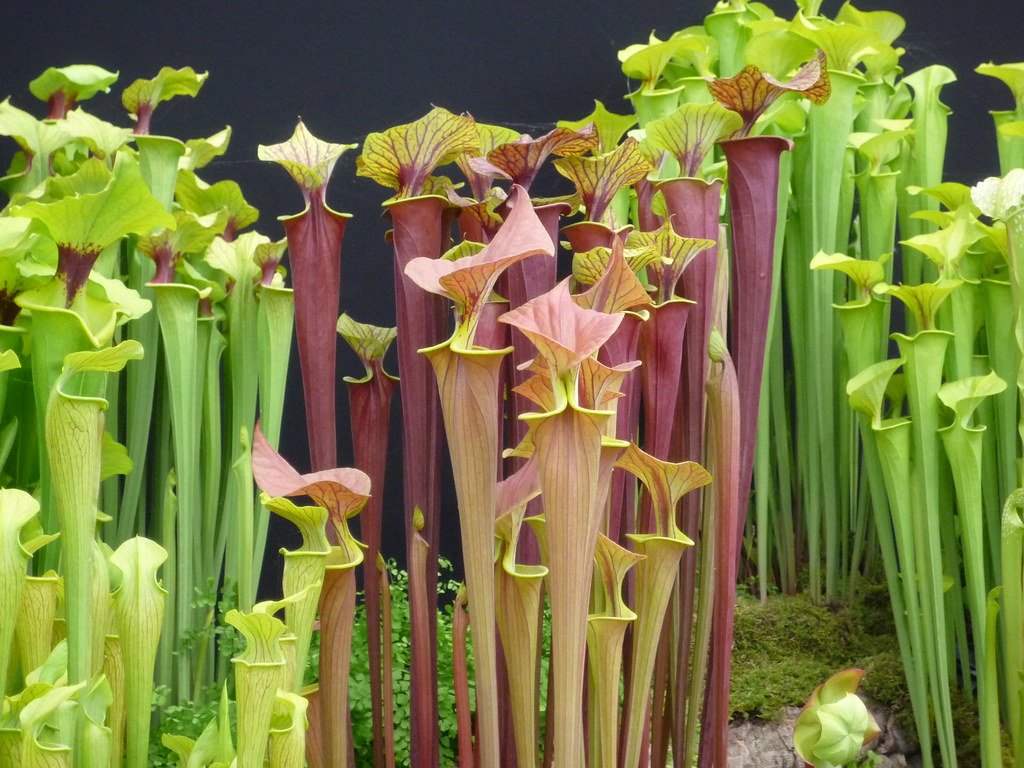
Despite their fearsome reputations, carnivorous plants face numerous threats in the modern world. Habitat destruction, pollution, and climate change are all taking their toll on these specialized ecosystems. Many species have extremely limited ranges, making them particularly vulnerable to environmental changes.
Illegal collection for the horticultural trade represents another significant threat. The exotic nature of carnivorous plants makes them highly sought after by collectors, leading to poaching of wild populations. Conservation efforts are now focused on protecting critical habitats and developing sustainable cultivation methods.
The Future of Carnivorous Plant Research
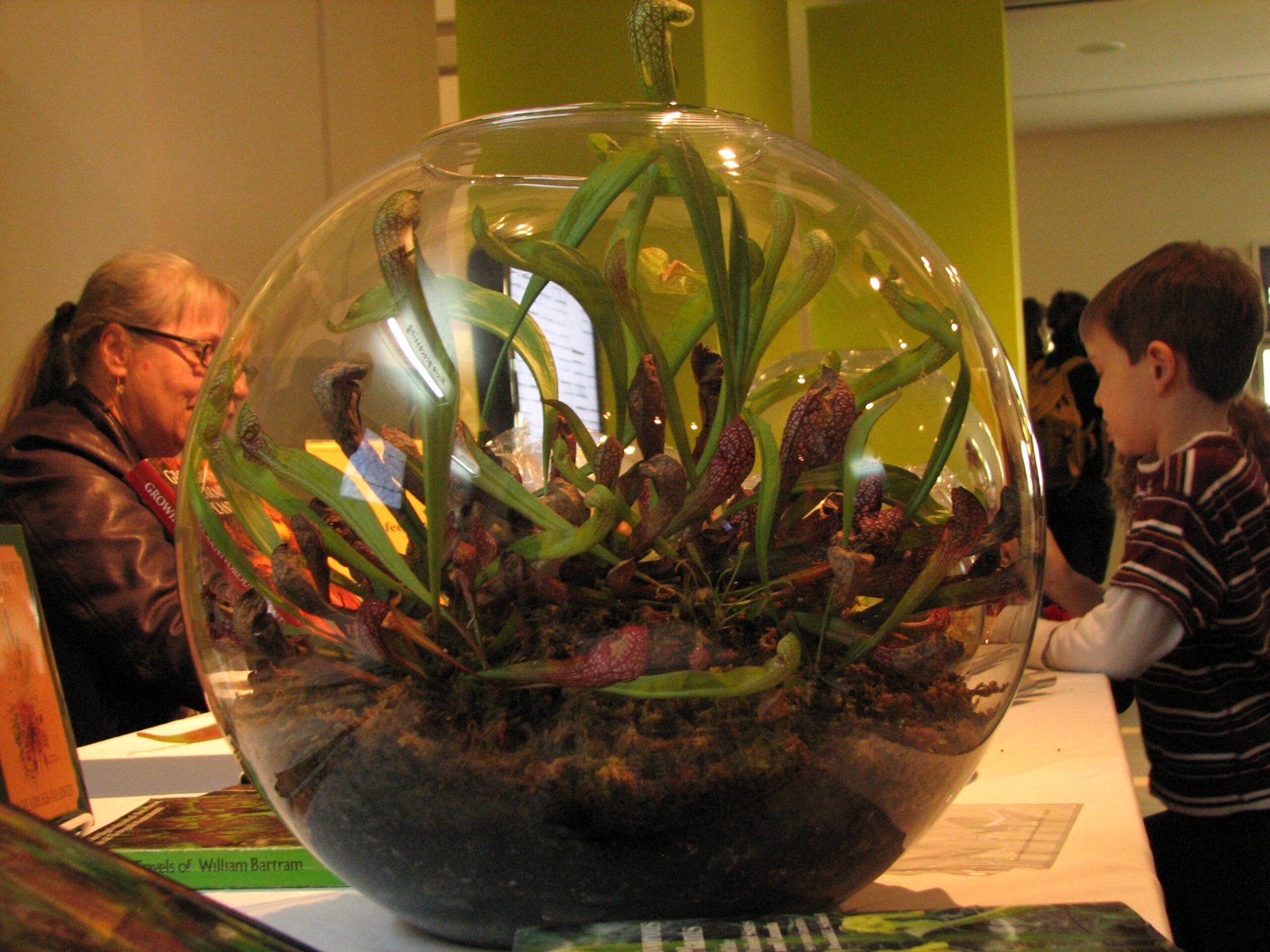
Recent advances in molecular biology are revolutionizing our understanding of carnivorous plants. Scientists are now able to trace the genetic changes that allowed these plants to become predators, revealing the step-by-step process of their evolution. This research has implications far beyond botany, offering insights into how complex traits evolve.
Biomimetic applications of carnivorous plant mechanisms are being explored for various technological applications. The rapid closing mechanism of Venus flytraps has inspired new types of micro-machines, while the adhesive properties of sundews are being studied for developing new materials. These plants continue to surprise us with their potential applications.
What We Can Learn from Plant Predators

Carnivorous plants challenge our fundamental assumptions about the boundaries between plant and animal behavior. They demonstrate that evolution can produce remarkable solutions to environmental challenges, even in organisms we typically consider passive. Their success in extreme environments offers valuable lessons for understanding ecosystem resilience.
The study of carnivorous plants also highlights the importance of preserving biodiversity. These unique ecosystems support specialized communities found nowhere else on Earth. As we face global environmental challenges, understanding and protecting these remarkable predators becomes increasingly crucial.
Conclusion

The world of carnivorous plants reveals nature’s incredible capacity for innovation and adaptation. These botanical predators have spent millions of years perfecting their deadly arts, creating some of the most sophisticated biological mechanisms on Earth. From the lightning-fast snap traps of Venus flytraps to the patient death chambers of pitcher plants, each species represents a unique solution to the challenge of survival in nutrient-poor environments.
Their evolution challenges our understanding of plant behavior and demonstrates that the line between predator and prey isn’t as clear-cut as we once believed. As we continue to study these remarkable organisms, we gain deeper insights into the fundamental processes that drive evolution and shape life on our planet.
The next time you encounter a carnivorous plant, remember that you’re looking at one of nature’s most successful evolutionary experiments. These plants didn’t just adapt to their environment—they transformed it, creating their own rules for survival in a world where being green doesn’t mean being gentle. What other assumptions about the natural world might these botanical predators force us to reconsider?



